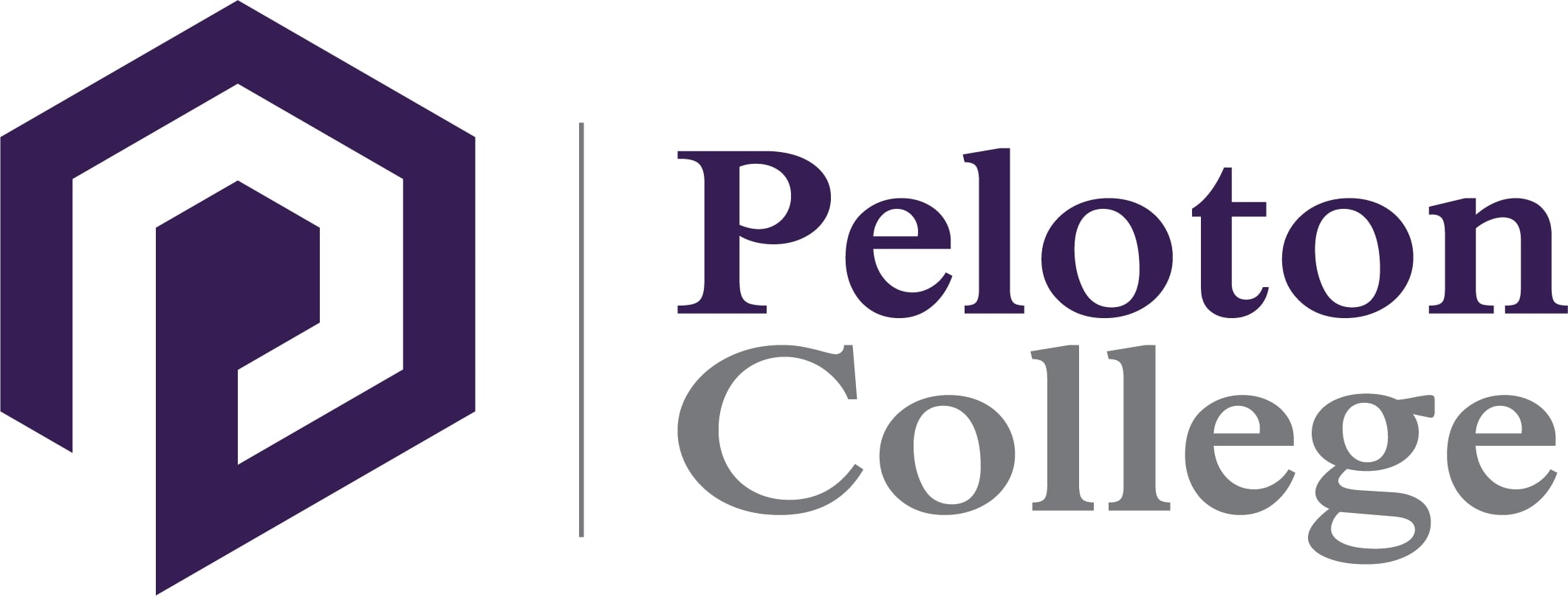Do You Need to Know Medical Terminology for Medical Coding?

Are you interested in becoming a medical coder, but not sure you are ready to memorize medical terminology? Medical terminology is a building block of everything a medical coder does during their workday. Your mastery of the language ensures you are employable, successful, and promotable.
Medical coding is a viable career for individuals interested in science who are strong critical thinkers and have good attention to detail. Medical coding is a satisfying career where you make a direct impact on patient health outcomes by supporting clinical staff. Coding requires you to read complex medical records and generate bills based on your understanding of what they mean.
Your close contact with physicians and nurses requires you to understand medical terminology. Clinical documentation is kept using specific and detailed language. This precision keeps patients safe, ensures the correct reimbursement is collected, and enables ongoing continuity of care between providers.
What Does a Medical Coder Do?
Medical coding is a highly sought-after skill. Medical records are kept by doctors for accuracy and completeness of patient care. As a medical coder, you will create a bill based on the narrative information using alphanumeric codes that represent diagnoses, treatment, and interventions. Then you submit that bill to insurers for payment. If a claim is denied, you will research and resubmit the claim for reimbursement.
How is Medical Terminology Important for Coding?
Medical terminology is the complex series of words used to describe parts of the body, medical conditions, and interventional procedures like surgeries. The words provide the most detailed definition of a body part or illness. The following are examples of a medical coder’s usage of medical terminology.
Example #1: A coder working for a hospital is part of the billing team for the surgical department. They are generating a bill for a procedure on a patient’s hand and fingers. The operative report details the injury and explains which fingers are being treated. The coder must understand the terminology discussing the carpus, ossa metacarpalia, and phalanges so they can select the correct code for the procedure.
Example #2: A coder is part of a clinic’s audit review team. While checking a submitted invoice, they note that the documentation of a patient treated for a digestive issue only includes diagnoses related to pulmonary illness. They read further and note there is no documented examination of the cardiothoracic system or related organs. They suspect there may have been a keystroke error and refer the case for further review with their supervisor.
Example #3: A coder working in a neurologist’s office is reviewing medical records for a case. They note that the narrative portion of the medical records alternates between referring to the patient’s left and right sides of the brain. They determine they cannot effectively bill with the current records. They reach out to the physician to receive clarification and amend the notes for narrative consistency.
How Do I Learn Medical Terminology?
From the outside, medical terminology seems like a random collection of terms. The jargon can be intimidating and sometimes discourage people from pursuing a career in the field.
An easier way to learn medical terminology and secure a job in the industry is by attending a vocational school. Training programs include extensive coursework on medical terminology. Beyond simply memorizing terms, your instructors help you understand the underlying construction of medical terminology. This insight enables you to read and understand words you’ve never seen before because you have a strategy for dissecting them.
What Makes up Medical Terminology?
The medical lexicon continually evolves, but almost all the words are based on Latin or Greek terminology. When creating medical language, the developers focused on a system of roots, suffixes, and prefixes. When these three aspects are combined, doctors can use precise terms to describe a clinical scenario. Once you learn the components of the words, it becomes easier to break them down and learn their definitions.
Roots
The root of a medical term is its main part. An example of a root is “neuro,” which comes from the Greek word for “nerves.” So anytime a medical term contains the root “neuro,” you know it has something to do with the nervous system or brain. Roots commonly end in “O” because it makes pronunciations easier. The roots form the frame on which you construct a medical term. Common roots include:
- Abdomino: Abdomen
- Antero: Front
- Arterio: Artery
- Cardio: Heart
- Derma/dermo/dermato: Skin
- Dorsi/dorso: Back or posterior of the body
- Gastro: Stomach/Digestive
- Gyneco: Female
- Hemato: Blood
- Myo: Muscle
- Neuro: Nerve
- Oro: Mouth
- Ortho: Bone
- Oto: Ear
- Patho: Disease
- Pharmaco: Drug
- Pulmono: Lungs
- Septo: Infection
- Ventri/ventro: Front or anterior of the body
Suffixes
Suffixes are terms attached to the end of roots to sharpen the description. They usually describe a test, procedure, function, disorder, or status. They sometimes help identify the world as a noun, verb, or adjective. An example of a prefix is “-ology,” which comes from the Greek term “logia, meaning study. When we combine a root and a prefix, the new term is “neurology,” meaning the study of nerves. The most common suffixes include:
- -ac: About or concerning
- -cytic: Cell
- -dynia: Pain or swelling
- -ectasis: Expansion or dilation
- -emia: Blood condition
- -ia: Condition
- -itis: Inflammation
- -ium: Structure or tissue
- -lysis: Break down, destruction, dissolution
- -malacia: Softening
- -megaly: Enlargement
- -oid: Resembling
- -oma: Tumor
- -osis: Abnormal condition
- -ous: About
- -pathy: Disease
- -penia: Deficiency or lack
- -plasia: Growth
- -pnea: Breathing
- -rrhage: Bleeding
- -rrhea: Flow or discharge
- -sclerosis: Hardening
- -trophy: Growth
Prefixes
Prefixes attach before the root. They usually describe the location, direction, type, quality, or quantity of something relative to the root. An example of a prefix is “sub,” meaning beneath. A combined root and prefix may be “subneural,” meaning beneath the nervous system. The most common prefixes include:
- A-/An-: Without or absent
- Anti-: Against
- Auto-: Self
- Dis-: Separating
- Dys-: Difficult or abnormal
- Fibro-: Fiber
- Gluco-/Glyco-: Glucose or sugar
- Idio-: Self or one’s own body
- Lyso-: Break down or dissolution
- Mal-: Bad, negative, or abnormal
- Myco-: Fungal
- Oxy-: Sharp or acute
- Pan-/Panto-: All or everywhere
- Re-: Recurrent or backward
- Somato-/Somatico-: Body/Bodily
Combinations and Use
As you learn the components, you’ll read slowly. Over time you’ll read medical terminology like reading English as you use context clues and other strategies to break down words. The root, suffix, and prefix system allows doctors to use complex terminology to describe specific conditions and procedures. An example would be “subdural hematoma.” When you look at the words, you can pull them apart into “sub,” “dural,” “hemat,” and “oma.” You’ll then translate them to “beneath,” “skin,” “blood,” and “oma.” When you put them together, it means a blood mass beneath the skin.
Why is Medical Terminology Important?
As you specialize in your career, you’ll become adept at reading these terms. In addition, you’ll see many of them recurring and gain comfort using them. This ease is critical for your ability to collaborate with doctors and nurses. Mastery of medical terminology will elevate your confidence, making you a faster and more efficient medical coder. Your performance will help you advance in your career and secure advancement.
While coding, you’ll need to bill cases for different diseases treated at your facility. You’ll use your understanding of terminology to interpret the examination and diagnosis used to manage every illness and injury imaginable. In a quality control position, you’ll need to understand the bi-, tri-, and tetra- prefixes to correctly identify areas of the body and ensure notes match the bill you generate. If you work for a large employer, you may usually code for a cardiology clinic, but you could be asked to code for oncology. Your familiarity with root terms will allow you to comfortably read the notes needed to complete your duties.
Want to Learn More?
The Medical Billing and Coding training program at Peloton College provides students vital knowledge in Medical Terminology and Understanding Health Insurance Claims and prepares students to be able to work with and maintain electronic health record systems in the health care industry. Graduates of this Medical Billing and Coding training program will also be eligible to sit for the Certified Electronic Health Records Specialist (CEHRS) Certification or the Certified Billing and Coding Specialist (CBCS) Certification.
The mission of Peloton College is to be the premier provider of hands-on training and education by providing students and graduates with the necessary skills to secure occupational careers. Contact us today to learn more.



